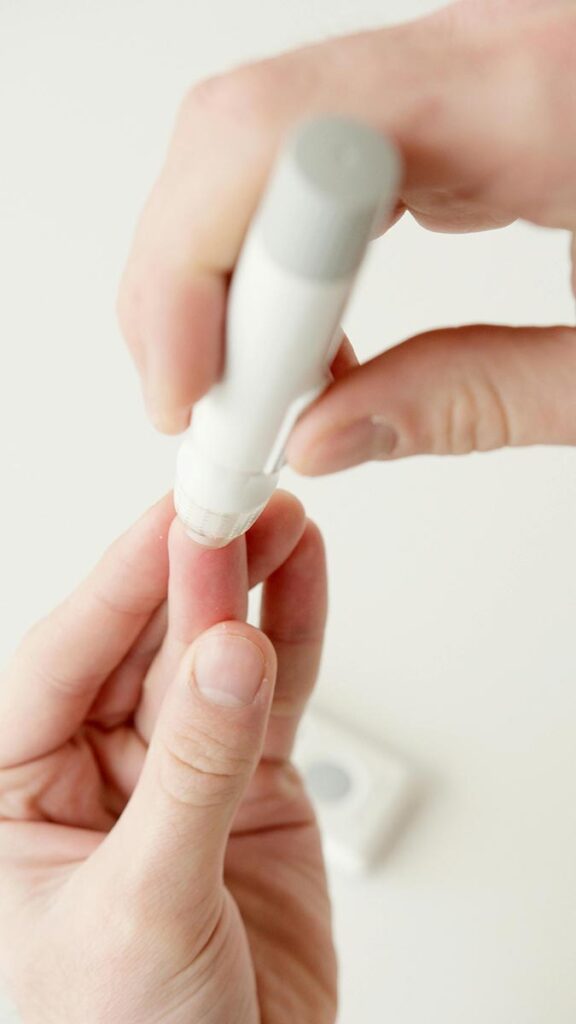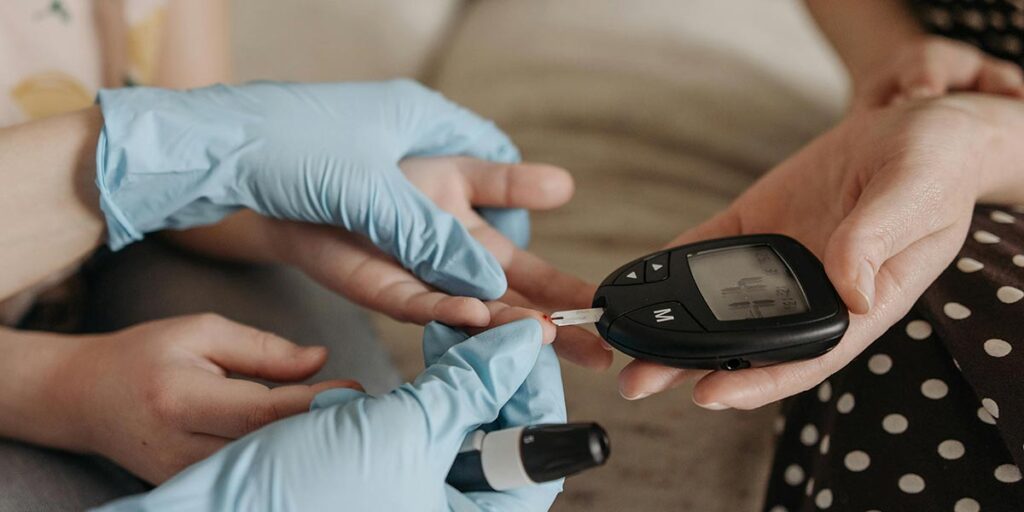What Is Insulin Resistance?
Insulin resistance occurs when the body’s cells stop responding properly to insulin—the hormone that helps move sugar (glucose) from your blood into your cells for energy. As resistance builds, your pancreas must produce more insulin to keep blood sugar levels in check.
Why You Should Care
Insulin resistance doesn’t just impact blood sugar. It plays a role in:
- Heart health (increasing risk of heart attack and stroke)
- Blood pressure and cholesterol (often linked with hypertension and abnormal lipids)
- Hormone balance (a major factor in PCOS)
- Fatty liver disease
Because insulin resistance develops silently for years, catching it early can help prevent these serious conditions.
Who Is Most at Risk?
You may be at higher risk if you have:
- Extra weight around the belly
- A family history of diabetes or heart disease
- A diet high in sugar and processed foods
- High blood pressure, cholesterol, or triglycerides
- Gestational diabetes (diabetes during pregnancy)
- PCOS (in women)
- Increasing age or low physical activity
What Are the Signs?
Insulin resistance usually has no obvious symptoms. However, subtle signs may include:
- Fatigue or feeling sluggish after meals
- Trouble losing weight, especially around the waist
- Dark, velvety skin patches (acanthosis nigricans)
- High blood pressure or cholesterol
- Irregular periods or PCOS symptoms in women
How Is Insulin Resistance Diagnosed?
There isn’t a single test, but several screening tests can give important clues:
- Fasting Glucose – Measures blood sugar after not eating overnight.
- Hemoglobin A1C – Shows average blood sugar over the past 3 months.
- Insulin Resistance Scores – Tests like HOMA-IR combine fasting insulin and glucose to estimate sensitivity.
- Cholesterol and Triglycerides – High triglycerides and low HDL are often early red flags.

If several risk factors cluster together—like high blood sugar, high triglycerides, belly fat, and high blood pressure—this may indicate metabolic syndrome, strongly tied to insulin resistance.
The Role of Continuous Glucose Monitors (CGMs)
After initial lab testing, a continuous glucose monitor (CGM) can give real-time feedback about blood sugar.
CGMs are small devices worn on the skin that:
- Track glucose 24/7 without finger sticks
- Show how meals, exercise, stress, and sleep affect blood sugar
- Reveal patterns and spikes that routine labs can miss
- Help guide personalized lifestyle and nutrition choices
At Doctor Doctor, we often recommend CGMs for patients who want a deeper look into their metabolic health.
How to Prevent or Reverse Insulin Resistance
The good news: insulin resistance can often be improved or even reversed with consistent lifestyle changes.
- Eat smart: Prioritize vegetables, fruits, lean proteins, healthy fats, and whole grains. Cut back on sugary drinks, processed foods, and refined carbs.
- Stay active: Aim for at least 150 minutes of exercise per week (walking, cycling, strength training).
- Lose extra weight: Even a 5–10% weight loss can make a big difference.
- Sleep well: Poor sleep makes insulin resistance worse.
- Reduce stress: Chronic stress raises blood sugar and insulin.
- Quit smoking: Smoking worsens insulin resistance and heart risk.
Quick Checklist: 5 Steps to Improve Insulin Sensitivity
1. Get screened – Ask your doctor about fasting glucose, A1C, and insulin resistance scores.
2. Know your numbers – Track blood pressure, cholesterol, waist size, and weight.
3. Move daily – Brisk walking, biking, or strength training all improve insulin sensitivity.
4. Eat whole foods – Swap processed carbs and sugar for vegetables, protein, and healthy fats.
5. Consider a CGM – Use continuous glucose monitoring for deeper insights after initial labs.
Want to understand your metabolic health better? Schedule an appointment with us at Doctor Doctor to review your labs and create a personalized prevention plan.




